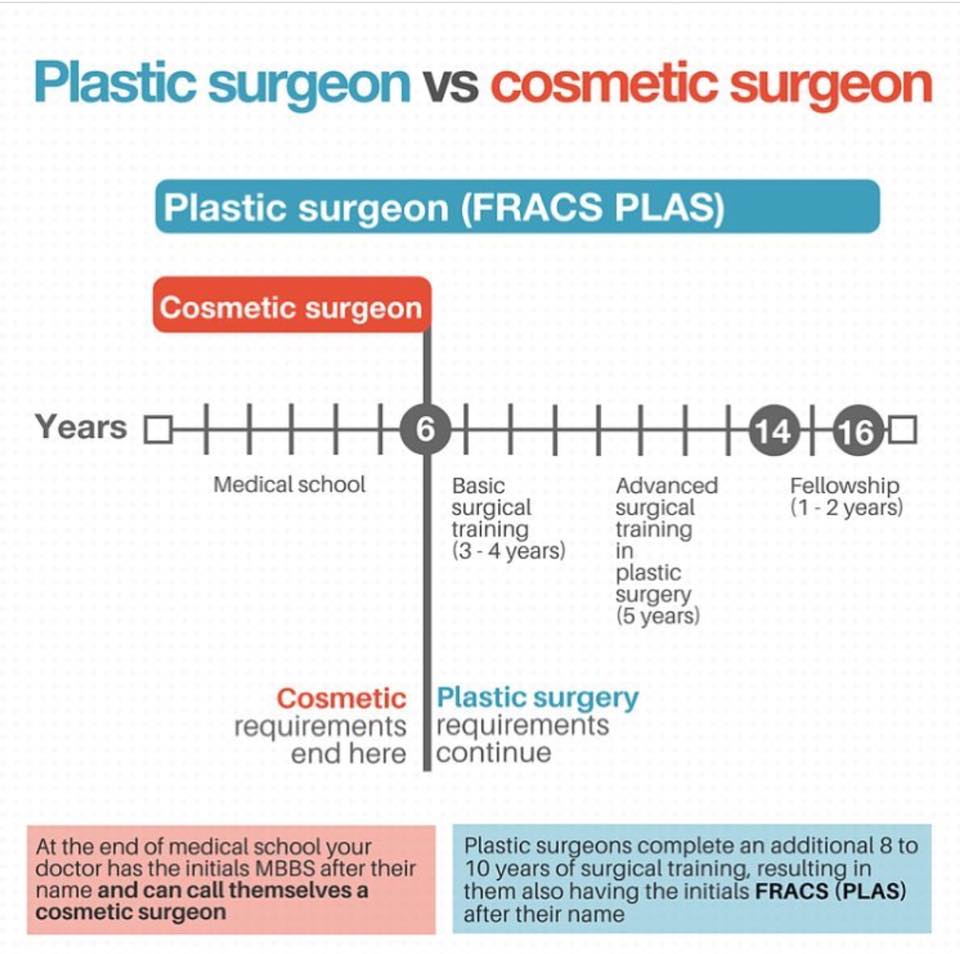Acne In Adults
Acne In Adults
Blog Article
Root causes of Acne on Cheeks
Acne breakouts in the cheek area are caused by lots of things, from touching your face frequently to not transforming your pillowcase often sufficient. Picking at acnes increases your threat of infection and scarring, and specific drugs can get worse dark areas (postinflammatory hyperpigmentation).
Fortunately, there are numerous ways to prevent and treat cheek acne. These include:
1. Hormonal Changes
Acne is largely caused by hormones, especially those produced throughout puberty and maternity. For some, a family history of acne might additionally add to their problem. Anything that obstructs pores, such as oil-based skin treatment products or waxy hair products, can trigger acne. Various topical treatments, like benzoyl peroxide and salicylic acid, can fight bacteria and unblock pores. Those with severe or chronic acne needs to look for therapy from their medical professional.
Stay clear of touching or pressing your acne, as this can push some of the bacteria deeper right into the skin, bring about an extra extreme outbreak. It is likewise essential to change pillowcases regularly and use tidy make-up brushes. You must likewise try to avoid irritants such as rubbing from putting on a safety helmet or tight collar.
2. Diet
The oily, sweet foods that lots of people believe trigger acne may in fact refrain so. As a matter of fact, research studies have shown that consuming a diet regimen abundant in whole, nutrient-dense foods helps to prevent outbreaks.
Foods high in the glycemic index (such as white bread, corn flakes, blew rice and potatoes, doughnuts and various other pastries) raise blood sugar level degrees rapidly, and this can increase hormonal agents that enhance oil production and result in acne.
Drinking cow's milk has actually likewise been linked to raised acne outbreaks. If you are a routine cow's milk drinker, you could wish to try changing to low-fat or nondairy choices that are fortified with calcium. In addition, consuming alcohol even more water can assist to decrease acne because it aids to keep the skin hydrated.
3. Excess Oil
While oil is essential for healthy and balanced skin, it can end up being a problem when way too much sebum combines with dead skin cells and blocks pores. This mix can produce blackheads, whiteheads and pimples. The obstructed pore wall can break down and spill bacteria, dead skin cells and sebum right into surrounding skin. This causes a red bump referred to as a pimple. Occasionally these red bumps have pus in the center from a microbial infection. Bigger infected bumps that resemble acne are called cysts.
There are lots of things that can create excess sebum and blocked pores, consisting of hormonal skin plus revita agent fluctuations, diet regimen and everyday habits. Some instances include touching the face regularly, resting your hand on your cheek, using unclean makeup brushes and not transforming pillowcases regularly.
4. Stress and anxiety
If you're handling pain pimples or a variety of blackheads and whiteheads, it may be time to talk with a skin specialist. They can recommend an efficient treatment that matches your skin type. Exercising relaxation and stress-reduction methods also assists.
Acne can happen in the cheeks as a result of friction and stress, such as when a person touches their face regularly or uses a hat or sporting activities helmet that scrubs versus the skin. It can also show up where greasy cosmetics and creams rub against the skin.
Stay clear of squeezing acne, as this can press infected product deeper into the skin and bring about scarring. Instead, see a physician to learn about preventative therapies like medication, skin care products and way of life adjustments. Eating a healthy and balanced diet of entire foods, getting 7 to nine hours of sleep and making use of noncomedogenic makeup and skin care products can all help reduce acne outbreaks.
5. Hair Products
Hair products are not normally thought of as a root cause of outbreaks, but they can add to acne on the cheeks in some people. Pomade acne, which is defined by tiny closed comedones and papulopustules, is frequently caused by using oily hair items that contain comedogenic active ingredients such as specific oils and acetylated lanolin.
Picking hair products that don't consist of these potentially comedogenic components is a crucial step toward lessening outbreaks. Also, making sure that hair items aren't being available in contact with the skin can aid prevent breakouts. As an example, putting on a scarf or bonnet during the night can restrict hair-to-face contact and minimize the chance that leave-in hair products will abrade onto the face.
Along with using a non-comedogenic moisturizer and cleaning with an acne face clean, other useful methods consist of: